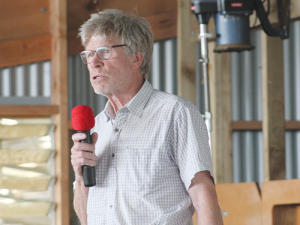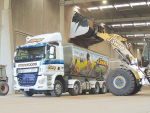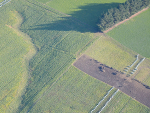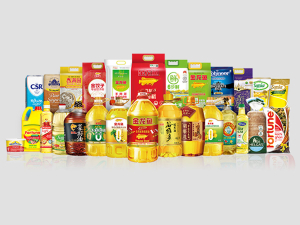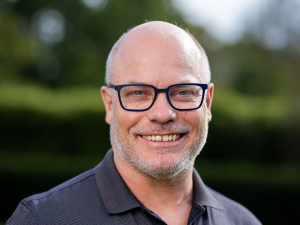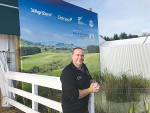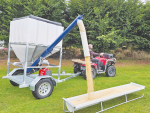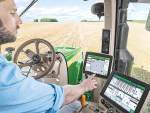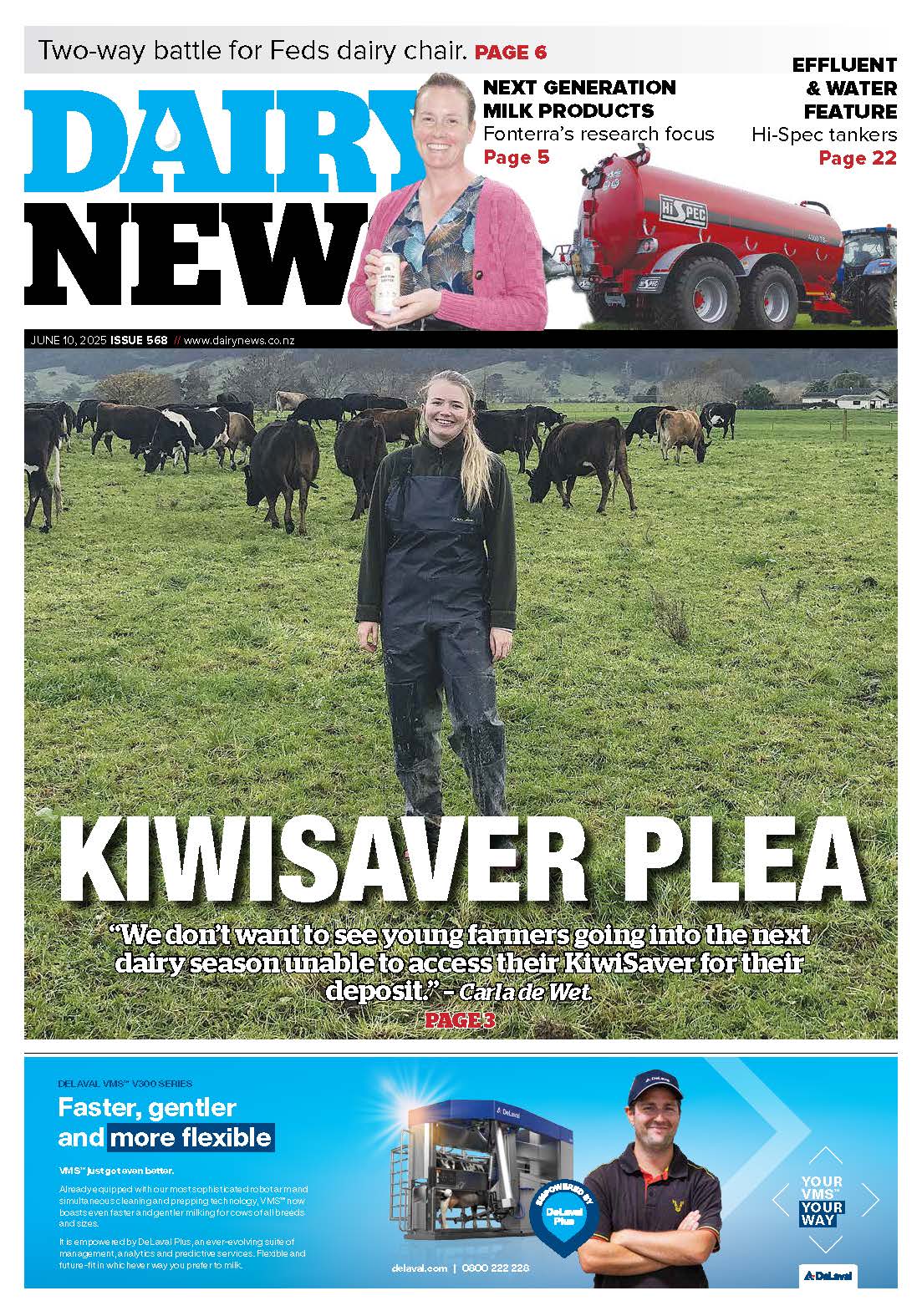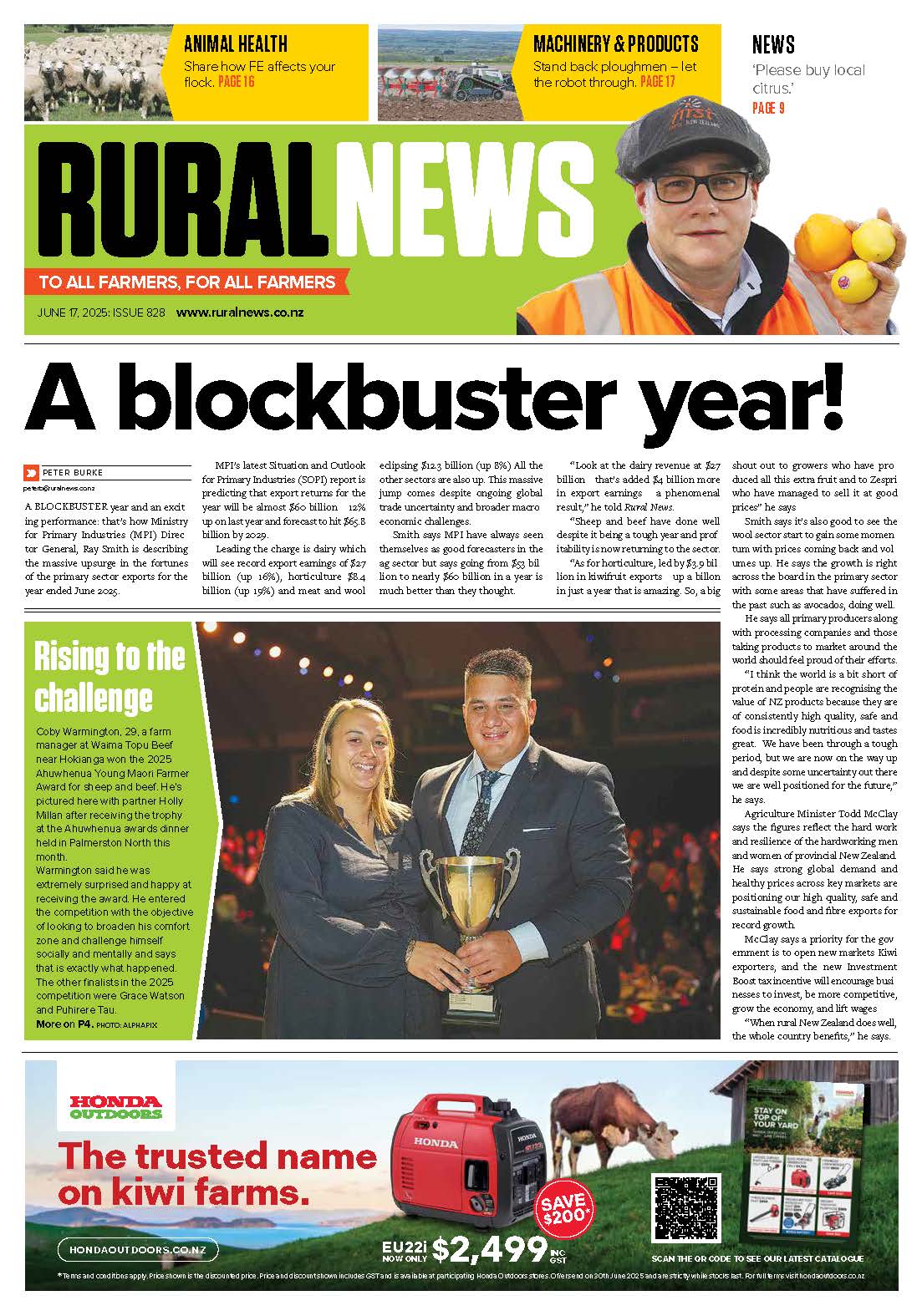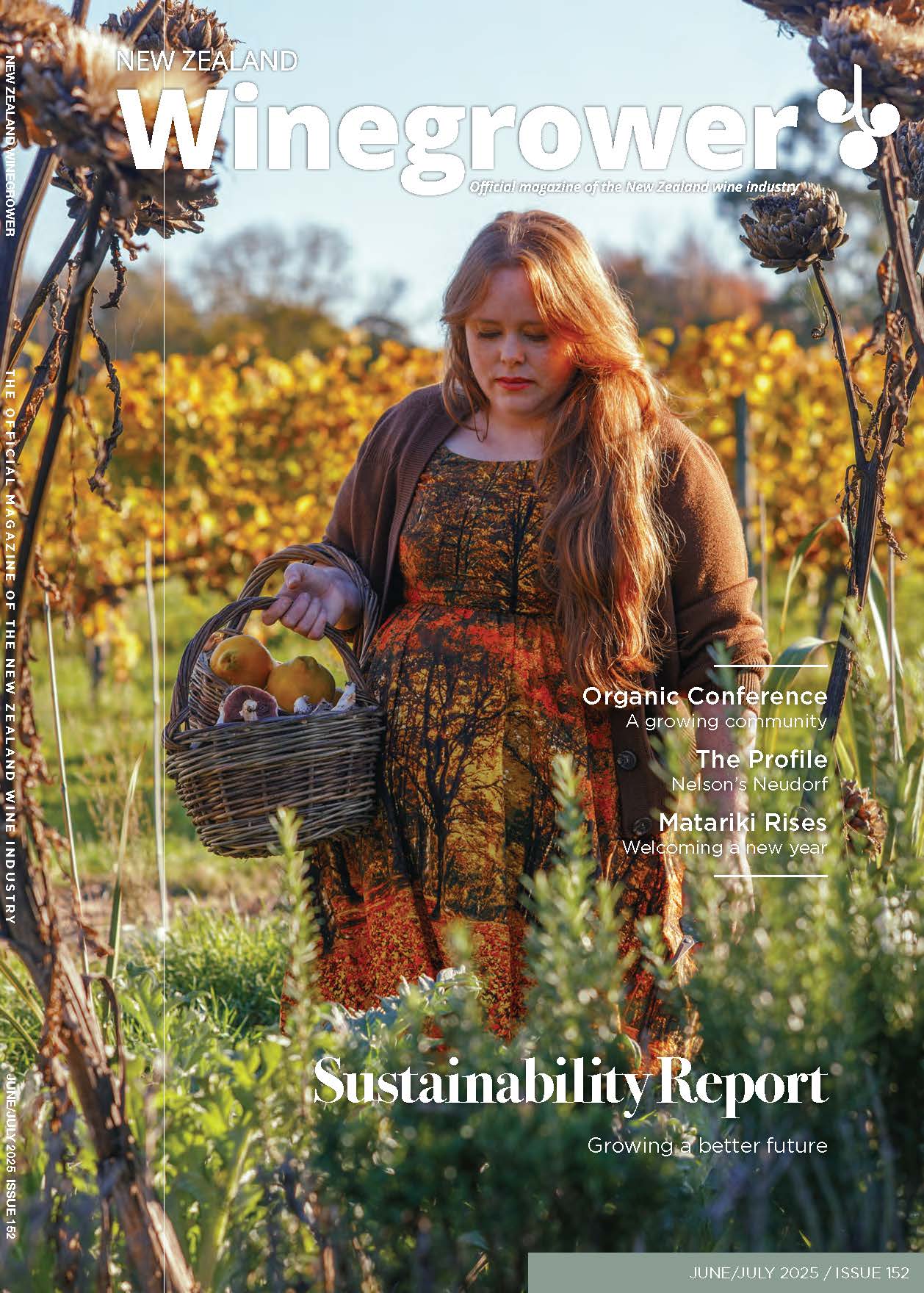Confusion exists about the key focus needed to increase farm profitability, says high profile farm veterinarian and consultant Trevor Cook.
The key point is how much product we produce per hectare, he says. And though body condition score and feed allocation are also key performance indicators, they alone are not the drivers of profit.
Cook says stocking rate is the key component of kilograms of product per hectare, and production per head is the other component.
“Stocking rate is a very powerful component of maximising pasture utilisation,” he says.
A component of that is having a flexible stocking policy. A farming system with a mix of sheep and cattle breeding and a significant trading component has flexibility.
Many farms have a flexible stock mix because they are trading classes. But he finds they aren’t identified as being a flexible stock class.
“There is a reluctant to sacrifice that available trading component in extreme feed shortages to preserve the capital stock,” he says.
Not using the pasture we grow has a real cost. “What we harvest is what we turn into money; what we don’t harvest is an absolute loss,” Cook explains.
He modelled a particular farming system he had data on and it showed it did not have a high utilisation of the pasture grown.
“There were too many stock classes, too many mobs of animals that weren’t being managed in a way that maximised [the consumption of] the amount of pasture grown,” he says.
“That whole system has changed; we’ve simplified the system, tried fewer and larger mobs and looked at the impact of that on pasture utilisation and other outcomes.”
When less pasture is utilised there is more dead pasture; in contrast, more intensive systems reduce that loss.
“An economic analysis shows… we’ve got a significant increase in profit per hectare purely driven by stocking rate,” Cook says.
Everyone knows we can raise stocking rate and get more profit. “But it is not a matter of putting on more animals; it is the way those animals are managed to utilise more of that pasture.”
With those models, Cook looked at increasing the stocking rate and compromising lambing percentage. “Dropping lambing percentage by 7% still generated a significant increase in profit from the status quo. So lambing percentage alone is not the key driver of profit; it is the stocking rate which is the key driver of profit.”
We know exactly what to do to soils to get maximum pasture production; to exploit that we need systems fully using available pasture.
“With per head performance there are masses of science, particularly in New Zealand, that show us what to do to get maximum output from our beef herds, sheep flocks and growing systems,” he adds.
“It’s not as if we don’t know; we know exactly what we need to do to get maximum performance. Things like condition score, the value of growing new hoggets big, the value of growing yearling heifers to a good weight.
I don’t want to delve into those per head things because we harp on and on about them.
“But we know exactly the packages we can put together to maximise per head performance.”
He says the challenge is, do we increase stocking rate without compromising per head production? The most profitable dairy farms do not have the highest per cow performance.
“The top operators can do both – run high stocking rates and run good per head performance. They may not achieve the top per head performance but it is still good.
“When we run higher stocking rates, it means we are likely to compromise some aspects of how we feed those animals. There are key things we have to preserve – conditions scores at mating, conditions scores at calving or lambing and the allocation of feed in pre calving and pre lambing.”
Weaning date is highly flexible yet Cook finds “farming systems are almost fixed to weaning dates, which aren’t necessarily appropriate for conditions at the time”.
“I think there is huge opportunity to intensify our systems by weaning our calves and our lambs a lot earlier, but that’s another story.”
He says farmers need a clear plan on their flexibility tools in their system: “Which animals are going to be compromised when we haven’t got feed to allocate to them -- animals we know we must feed at those critical times. Planning… planning… planning.”





